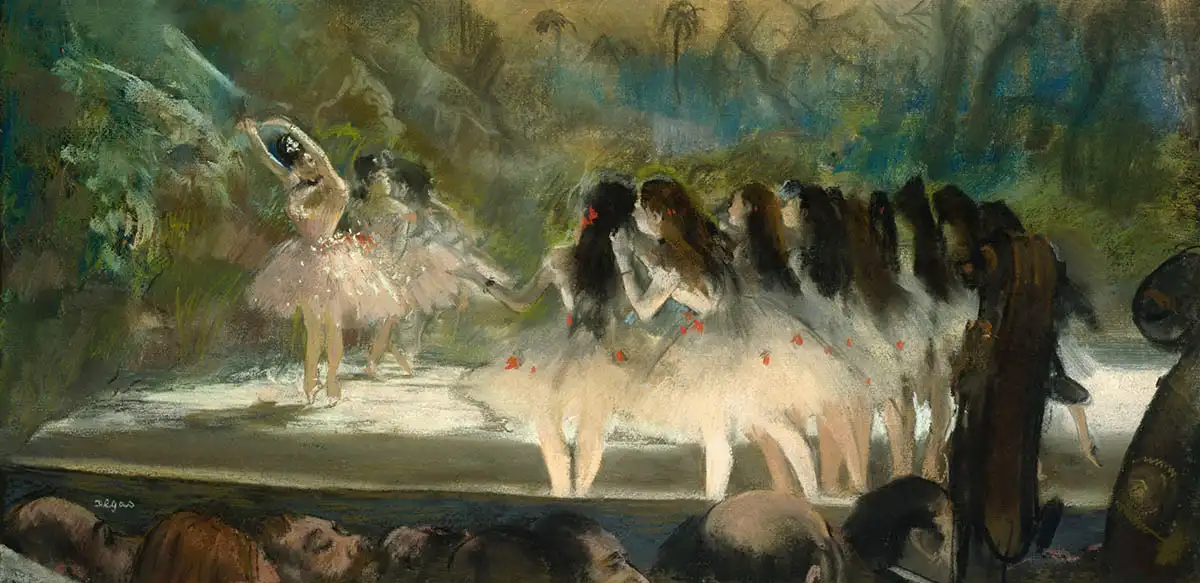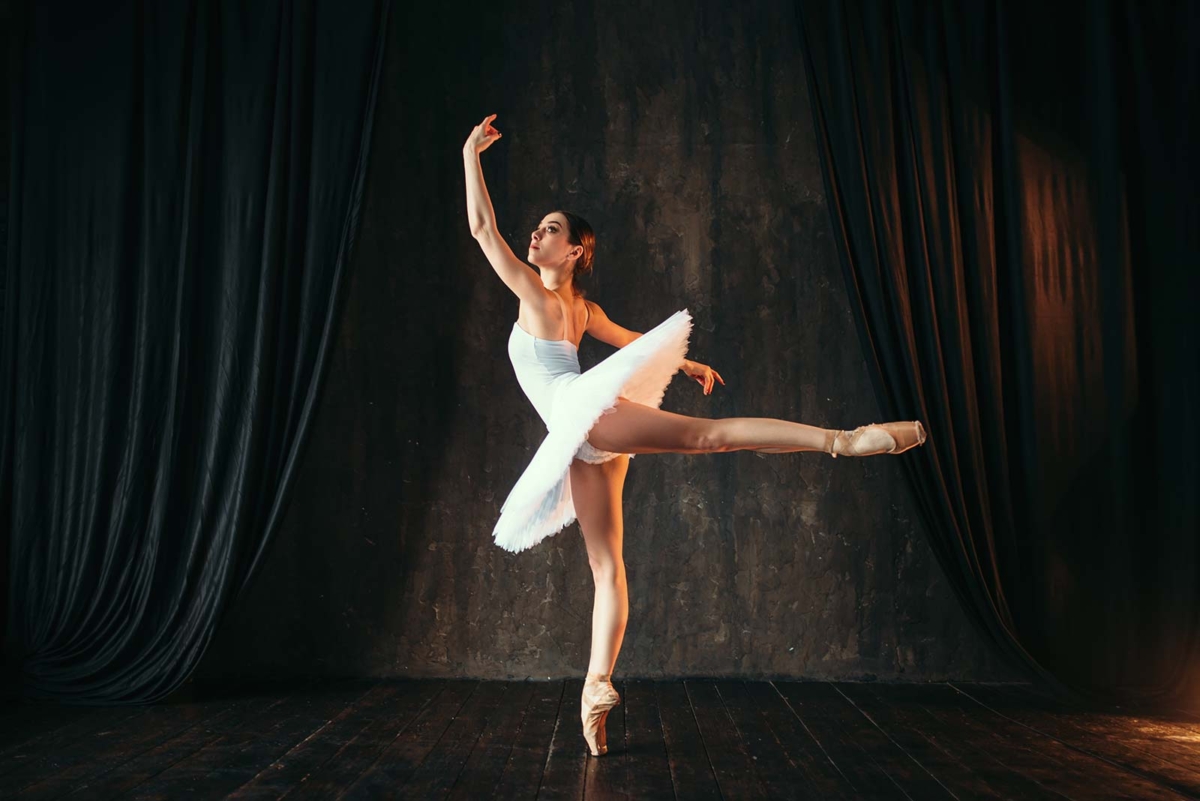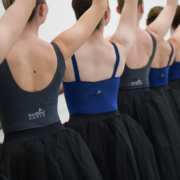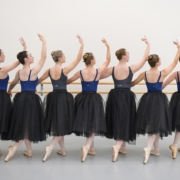From Swan Lake to the Nutcracker: 10 Fascinating Ballet Facts You Never Knew Existed
Ballet has a rich history that spans hundreds of years, with iconic productions such as Swan Lake and The Nutcracker captivating audiences all over the world. While most of us are familiar with the graceful movements and intricate choreography that make ballet such a beautiful art form, there are several little-known ballet facts that are truly fascinating. In this article, we’ll explore ten of these surprising facts that will have you seeing ballet in a whole new light.
1. The Dance Was Originally Performed by Men
While ballet is typically associated with graceful ballerinas in tutus, it might surprise you to learn that it was originally performed exclusively by men. Ballet originated in the royal courts of Renaissance Italy and France, where it was performed as a display of strength and athleticism by male courtiers. It wasn’t until the 17th century that women began to perform ballet, and even then, they were only allowed to dance certain roles.
2. The Tutu Was Inspired by Ancient Greece
The iconic tutu, which has become synonymous with ballet, was actually inspired by the ancient Greeks. In ancient Greek art, female dancers were often depicted wearing a short, pleated garment known as a “chiton.” This design was later adapted by ballet costume designers, who created the tutu as a way to allow ballerinas to move freely while still maintaining a sense of elegance and grace.
The tutu made its debut at the Paris Opera in 1832. The celebrated Swedish dancer, Marie Taglioni, donned the now-famous outfit for her performance in La Sylphide. Her tight-fitting bodice and bell-shaped skirt cut so high that it revealed her ankles were designed by Eugène Lami and became known as the romantic tutu. This outfit went on to define the style of ballet, making it an essential part of a ballerina’s wardrobe even today.
3. Ballet Was Used to Train Soldiers
During World War II, ballet was used as a form of physical training for soldiers in the Soviet Union. The government believed that ballet would help to develop strength, agility, and discipline in soldiers, and even established a ballet company specifically for military personnel. Many of these soldiers went on to become professional ballet dancers after the war ended.
The Imperial Russian Ballet in Australia performing at Dancing with the Stars
In 2018, The Imperial Russian Ballet toured Australia and New Zealand to perform The Nutcracker and Don Quixote
4. Ballet Can Improve Cognitive Function
While most of us think of ballet as a form of physical exercise, it turns out that it can also have a positive impact on cognitive function. Studies have shown that ballet can improve brain function, particularly in areas related to attention, memory, and decision-making. This is because ballet requires a high level of concentration and mental focus, which can help to improve overall cognitive abilities.
Read Next: From Better Balance to Better Moods – The Numerous Benefits of Tap Dance for Adults
5. The Nutcracker Was Initially a Flop
Today, The Nutcracker is one of the most beloved and iconic ballets of all time. However, another unbelievable ballet fact is that when it was first performed in 1892, it was an absolute flop and commercial failure. Audiences were unimpressed with the story and the music, and the ballet was only performed a handful of times before being forgotten. It wasn’t until the 1960s that The Nutcracker began to gain popularity in the United States, and it is now one of the most frequently performed ballets in the world.
6. Ballet Shoes Were Originally Designed for Men
Like ballet itself, ballet shoes were originally designed for men. In the early days of ballet, male dancers would wear heeled shoes that allowed them to jump higher and look more powerful on stage. It wasn’t until the 18th century that ballet shoes as we know them today, with their flat soles and delicate construction, were developed for women.
7. Ballet Can Help with Posture and Balance
One of the key benefits of ballet is improved posture and balance. The precise movements and alignment required in ballet can help to strengthen your core, improve your posture, and increase your overall body awareness. Plus, the constant balancing on one leg during certain movements can help to improve your balance and stability.
8. Ballet Was Banned in Japan
Some more interesting ballet facts: During the Meiji Restoration in Japan in the late 1800s, Western culture was embraced and traditional Japanese arts were suppressed. As part of this movement, ballet was actually banned in Japan for a time. However, in the early 1900s, ballet began to make a comeback in Japan, and now there are many ballet companies and schools throughout the country.
In fact, Japan has produced several world-renowned ballet dancers! Some of the most notable Japanese ballet dancers include Miyako Yoshida, who danced with the Royal Ballet in London for over 20 years and is considered one of the greatest ballerinas of her generation, and Misa Kuranaga, who was a principal dancer with the Boston Ballet, as well as the San Francisco Ballet and has won numerous awards for her performances.
9. Ballet Dancers Can Burn Up to 1,000 Calories per Hour
Ballet may look graceful and effortless, but it’s actually a serious workout! Depending on the intensity of the class and the individual’s body weight, ballet dancers can burn up to 1,000 calories per hour. This makes ballet one of the most calorie-burning activities out there – even more than running, swimming, or cycling. In fact, in a study published in the Journal of Dance Medicine & Science in 2020, researchers measured the energy expenditure of 12 professional ballet dancers during a one-hour ballet class. The study found that the dancers burned an average of 463 calories during the class, which is a significant amount of energy expenditure.
But the calorie-burning benefits of ballet go beyond just weight loss. Ballet also helps to build lean muscle mass, improve cardiovascular health, and increase overall fitness and athleticism. And because ballet is a low-impact activity, it’s easy on the joints and can be enjoyed by people of all ages and fitness levels.
10. Ballet Has Inspired Countless Works of Art
From paintings to literature to music, ballet has been a source of inspiration for countless artists over the years. Some of the most famous works of art inspired by ballet include Edgar Degas’ paintings of ballerinas, Tchaikovsky’s ballet scores, and the numerous retellings of classic ballet stories in literature and film.

Ballet at the Paris Opera by Edgar Degas, 1877
So there you have it, ten mind-blowing ballet facts that will have you looking at this dance form in a whole new light. Have you heard any interesting ballet facts worth sharing? If so, we’d love to hear about them in the comments below!
If you’re ready to experience the magic of ballet for yourself or enrol your child in ballet classes, come join us at Redland Dance for a free trial class. Our experienced instructors will guide you through the basics and help you discover the beauty and grace of ballet, right here at our dance studio in Cleveland.
Enjoy a FREE Dance Class at Redland Dance!
Claim your free pass for a class at The Redlands' Premiere Dance School!

 Redland Dance
Redland Dance Redland Dance
Redland Dance
 Redland Dance
Redland Dance James Morgan
James Morgan
 Redland Dance
Redland Dance